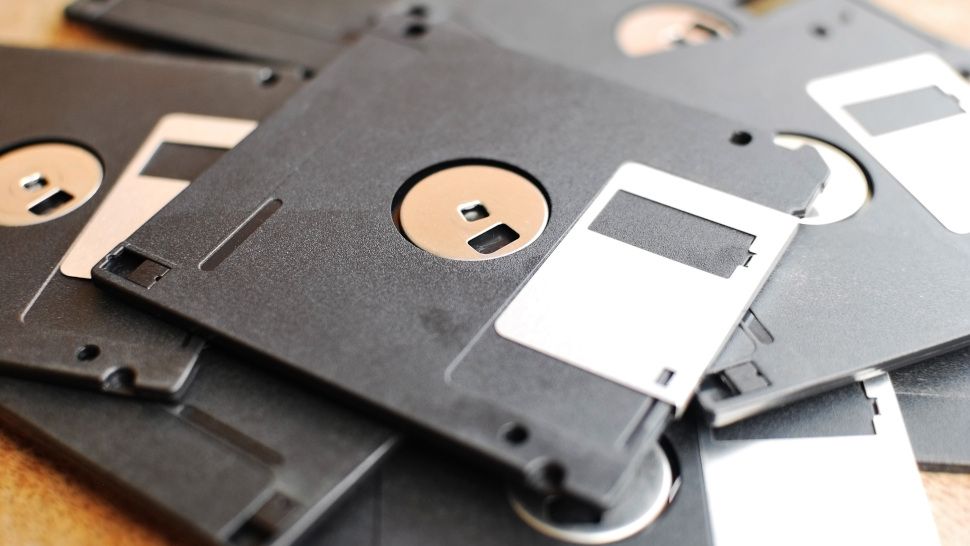
- Floppy disks were officially deemed obsolete in 2010, yet persisted in surprising places for years
- Polymatt used CNC machining and PET film to craft a functioning magnetic storage disk
- Iron oxide coating allowed the handmade disk to store and retrieve basic magnetic data
Floppy disks, once a staple of personal and professional computing, have been phased out for over a decade – but while the technology was officially declared obsolete in 2010, some organizations kept using it surprisingly long.
The Japanese government only moved away from the format in 2024, while the German Navy followed suit the same year. In the United States, the last official use of 8-inch floppy disks for nuclear launch coordination ended in 2019, with San Franciso’s government also finally cutting ties with floppies in 2024.
Against this backdrop of obsolescence, a YouTuber known as polymatt decided to recreate one from scratch, using modern tools and consumer-grade equipment.
Engineering a working floppy from the ground up
Polymatt began the project by carefully measuring and modeling the disk enclosure and internal components using Shapr3D and MakeraCAM software.
He then cut aluminum parts with a Carvera Air CNC machine, ensuring precise tolerances for the mechanical structure.
For the magnetic disk surface, he laser-cut PET film and coated it with a suspension of iron oxide powder, replicating the material properties needed for magnetic data storage.
After assembling the components, he managed to magnetize the disk and write to it.
While the data handling capabilities were basic, the fact that a functioning magnetic storage medium emerged from raw materials marked a notable technical achievement.
The process was not without difficulties, but persistence and methodical experimentation allowed him to complete the build.
Today, cloud storage services allow vast amounts of data to be accessed from anywhere, without the physical limitations of older media.
SSDs deliver high-speed and durable storage in compact formats, while an external SSD offers portable capacity far exceeding what was once possible with floppy disks.
A single modern SSD can store millions of times more data than the recreated floppy, with speeds that make the older medium seem impractically slow by comparison.
While polymatt’s recreation is unlikely to be used in practical applications, it demonstrates the enduring appeal of hands-on engineering projects.
Building a floppy disk in 2025 serves more as a tribute to a pivotal era in computing than as a viable alternative to current storage methods.
For those who once relied on them, the familiar clunk of a floppy drive reading data is part of a technological heritage that shaped modern computing.


Leave A Comment